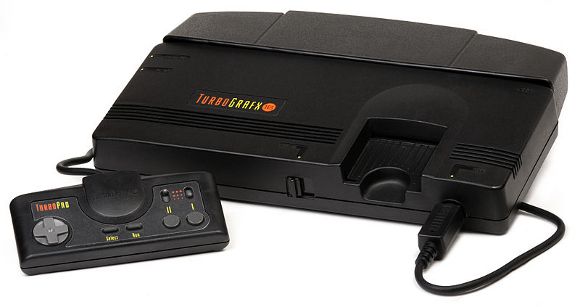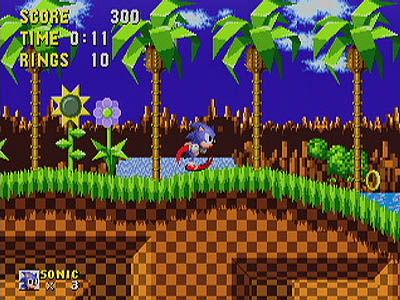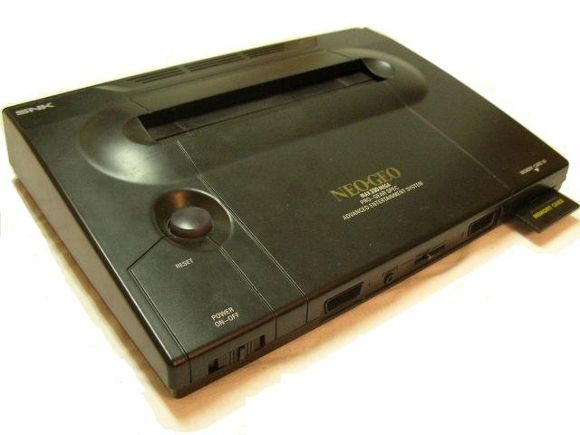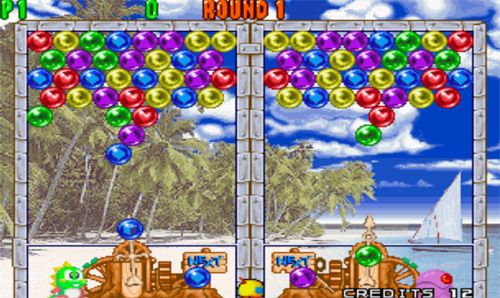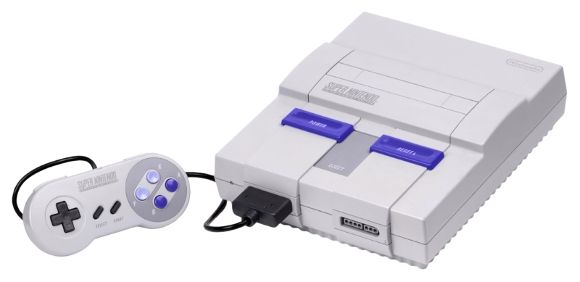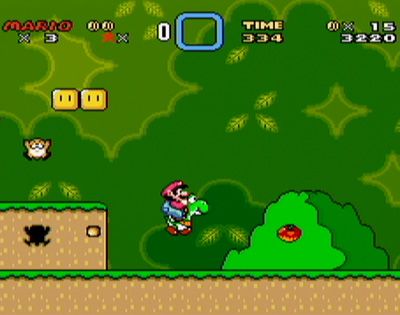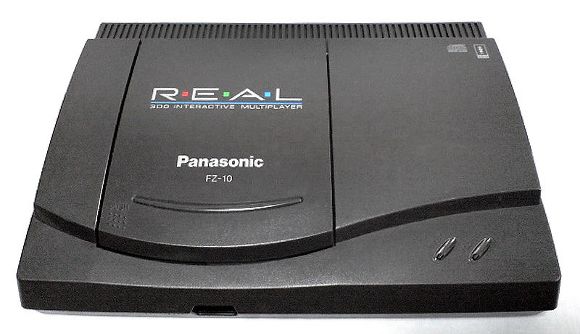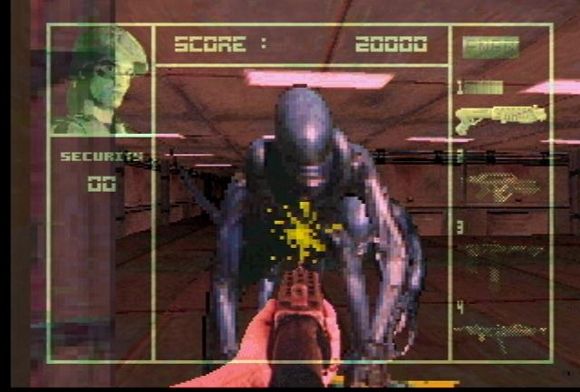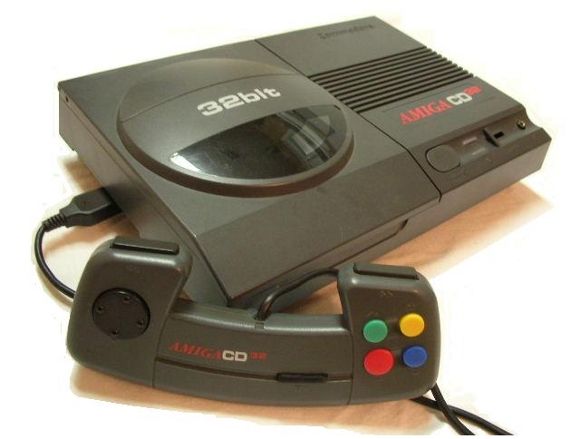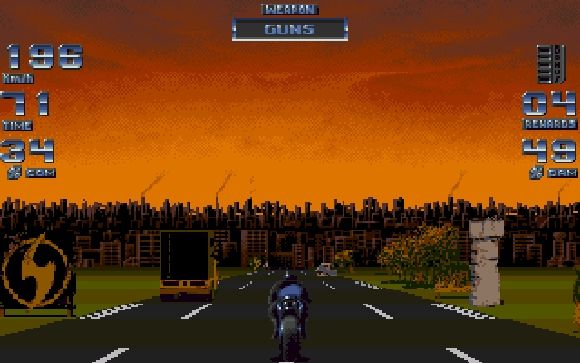As part of a series on emulating the classic consoles of days gone by, we've already had two stops. The first home consoles of the 70s proved innovative, expensive bits of kit. The 80s heralded a new dawn of video games with Nintendo's NES and Sega's Master System loosening Atari's grip over the industry.
This week we'll be looking at 16 bit and (some) 32 bit consoles of the late 80s and early 90s, many of which left a lasting impression on the video game world.
As ever, cross-platform video game console emulators are reported where possible. You should know by now that downloading ROMs you don't legally own is against the law, shock horror.
1987 - PC-Engine/TurboGrafx-16 [Hu-Go!][Ootake]
A console that never really saw a full-scale PAL release but thrived in NTSC regions, the PC-Engine (as it was known in Japan) was launched in 1987 with its identical (in terms of hardware) North American release the "TurboGrafx-16" coming late 1989.
There were 94 game releases for the TurboGrafx-16 (system releases outside of Japan) and most of them should be playable on the cross-platform Hu-Go! emulator. There's a Windows, Mac and Linux version. The homebrew and official forum should help out if you get stuck.
Windows users can also use the Japanese PC-Engine emulator Ootake. Just ignore the English on the homepage!
1988 - Sega Mega Drive/Genesis [Kega-Fusion][Gens/GS]
Following the success of the 8 bit Master System, Sega's first 16 bit home consoles came in the form of the Mega Drive (as it was known in Europe and Asia) or Genesis (in North America).
The Mega Drive was backwards-compatible with the Sega Master System, a feature that surely helped the company rack-up an estimated 40 million plus console sales. The Mega Drive has never ceased production in Brazil, and there have even been recent officially licensed Genesis consoles produced in North America.
You won't need to buy any Sega hardware with either the Kega Fusion or Gens/GS emulator. Both are cross-platform and run on Windows, Linux and Mac.
1990 - Neo Geo [NeoRAGEx][GnGeo]
The company who brought us arcade classics like Fatal Fury, King of Fighters and Puzzle Bobble (pictured below) also delivered another very cutting edge present in 1990 - the Neo Geo Advanced Entertainment System, manufactured by Japanese firm SNK.
The console was expensive, and marketed as a 24 bit machine as it had a standard 16 bit architecture with an additional 8 bit co-processor. Instead of using tiled bitmap backgrounds like other consoles at the time, the Neo Geo rendered 16 pixel wide sprites side-by-side to make up much of the on-screen visuals.
What better way to remember one of Japan's greatest consoles and arcade line-up than with the NeoRAGEx emulator for Windows or GnGeo for Unix (Linux, BeOS, FreeBSD). NeoRAGEx has since been abandoned, though you can still find the last release mirrored at the above link.
1990 - Super Nintendo Entertainment System [ZSNES]
Building on the success of the original Nintendo Entertainment System (NES), the Super Nintendo sold just short of 50 million units worldwide. The graphical and audio capabilities of the SNES matched other consoles available at the time, whilst many SNES releases had enhanced chips built into the game cartridges to really push the system to its limits.
There were 784 games in total released for the SNES (including US, European and Japanese releases) not including the many homebrew creations available.
In order to play the SNES classics, try ZSNES, one of the best SNES emulators around for Windows, Mac and Linux. I've never had an issue running a single ROM under ZSNES, plus the extra graphical, control and 'save state' options don't get much better.
1993 - 3DO Interactive Multiplayer [FreeDO]
Time Magazine's product of the year in 1994, the 3DO Interactive Multiplayer was a console originally produced by Panasonic and later Sanyo and Goldstar. Whilst it enjoyed a high-profile marketing campaign, the dizzying $699.95 asking price at launch was too much for most and Panasonic never enjoyed the success like Nintendo or Sega did.
The only emulator I could find for the 3DO is FreeDO which works on Windows, with limited success.
1993 - Atari Jaguar [Virtual Jaguar]
The Atari Jaguar doesn't technically belong on this list, so before the comments come flooding in - I apologize. For those of you sat there scratching your heads, the Atari Jaguar was a high-performance games console utilizing Atari's 64 bit "Jaguar" chip.
It didn't make much difference, the Jaguar's reception was enough to put Atari off home consoles altogether. It is thought that less than 250,000 Jaguars were sold in total, with a poor software library and needlessly complicated 15-button controller probably to blame.
Virtual Jaguar is an emulator which completely removes the need for you to ever touch an Atari Jaguar. There are Windows, Mac, Linux and BeOS versions available and compatibility is (on the whole) good.
1993 - Commodore Amiga CD32 [Akiko][WinUAE][UAE]
The CD32 was the world's first 32 bit console that solely utilised CD-ROM media and was released worldwide in 1993 before being discontinued in 1994. The CD32 was technically very similar to Commodore's Amiga 1200 home computer, and sold especially well in the UK quickly swallowing 50% of the CD-ROM market share.
The CD32 only shifted around 100,000 units in total before manufacturers Commodore went bankrupt in 1994, putting an end to an era of computer hardware, software and video games for the Amiga brand.
You can emulate the CD32 on Windows with Akiko. It is a specially adapted port of UAE, the Ubiquitous Amiga Emulator designed for Linux (which does not support the CD32 on its own). Experienced Amiga and Linux users might want to check out UAE anyway, as many of the CD32 games were simple ports of A1200, A600 and A500 classics.
WinUAE is another Windows port with ever improving support for Amiga CD32 games.
What's Missing?
There are two systems missing from this list, the Amiga CDTV (which flopped - badly) and the CD-i, a system known for having some of the worst titles imaginable (despite the odd appearance from Nintendo favourite Zelda).
Next time things get serious - 1995 to 2001; systems, emulators and a little history lesson. Be sure to join me!
Any favorite video game console emulators from this list? Did you own a Jaguar or CD32? Everyone had a SNES, right? Sound off in the comments.
Image Credits: 3DO, Atari Jaguar


